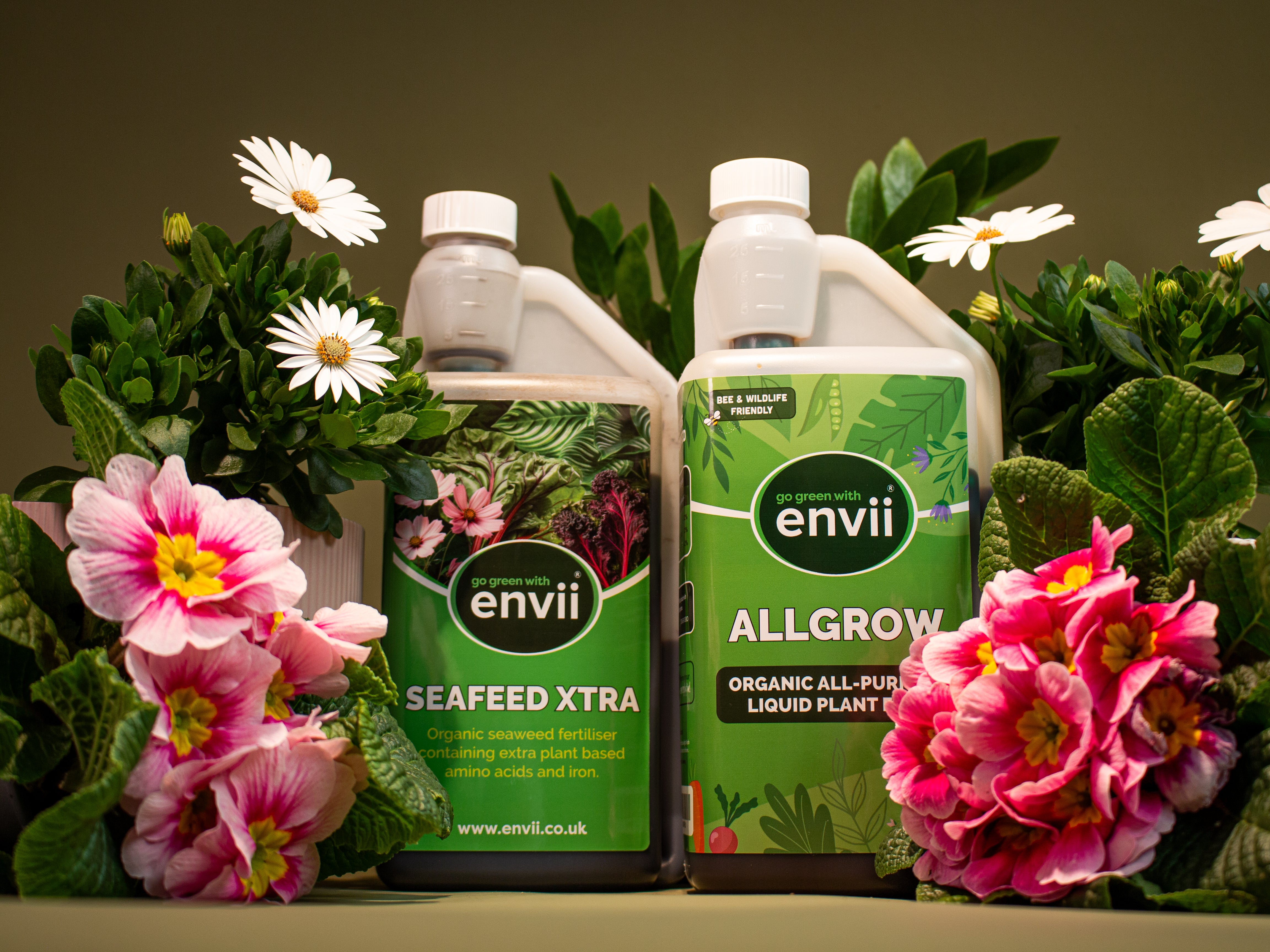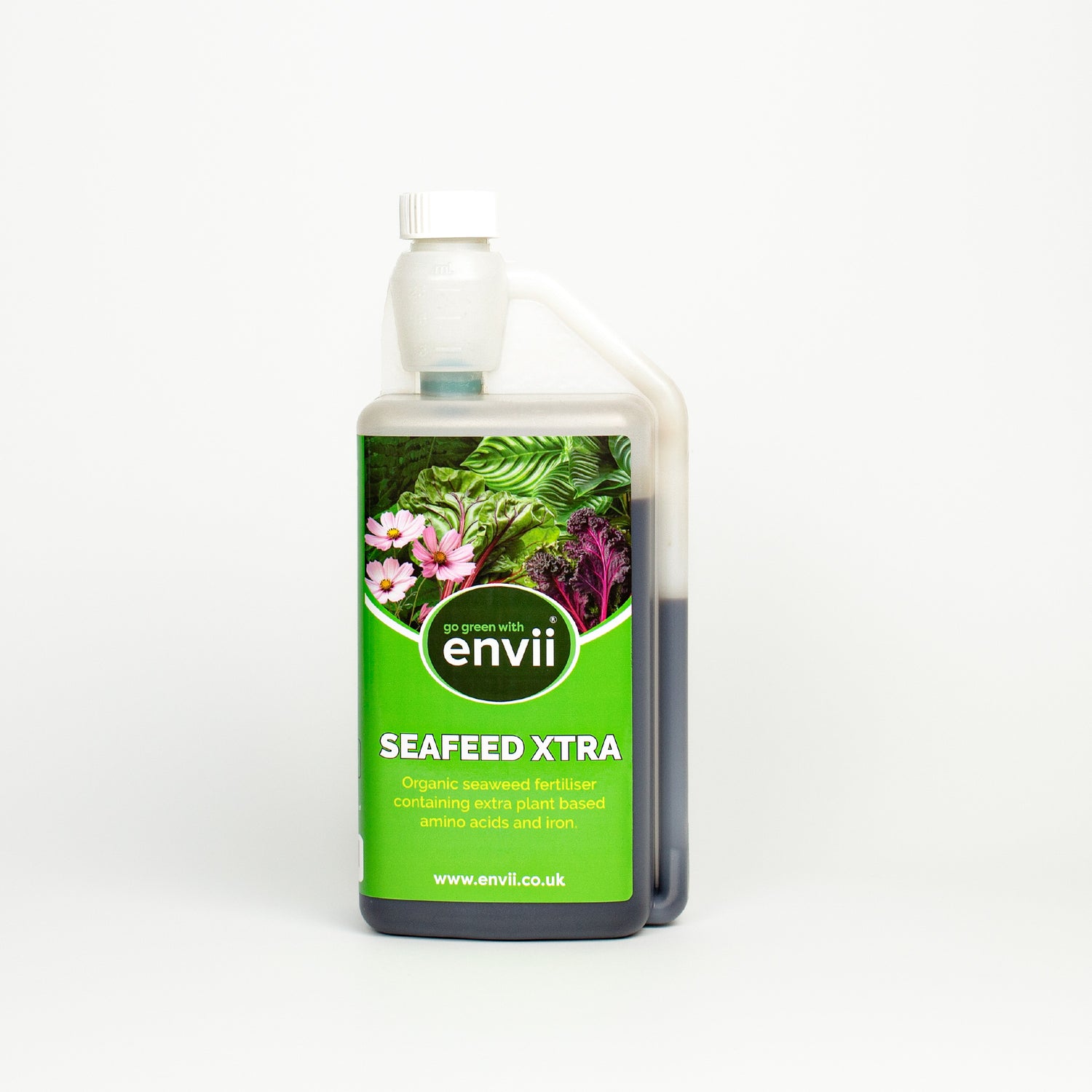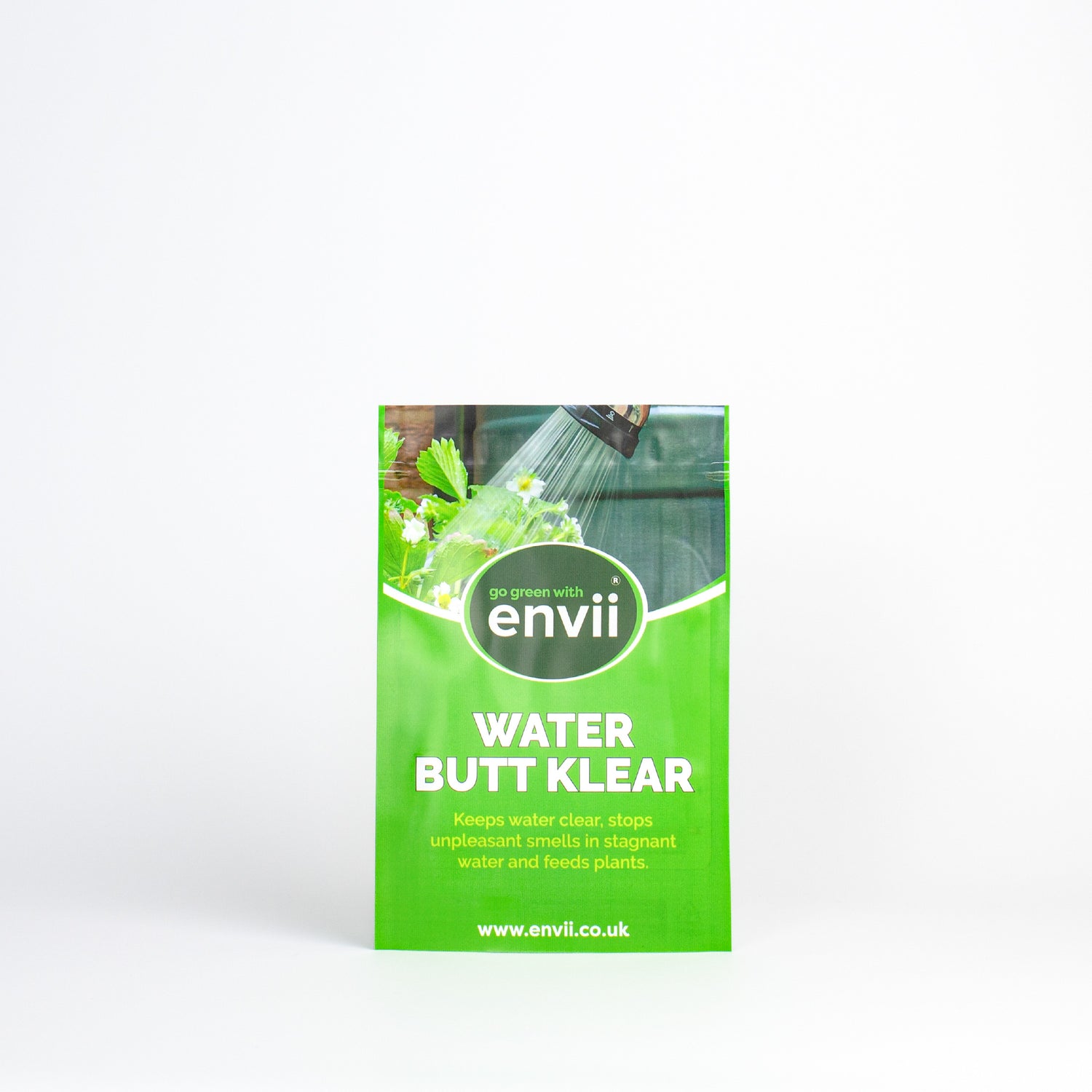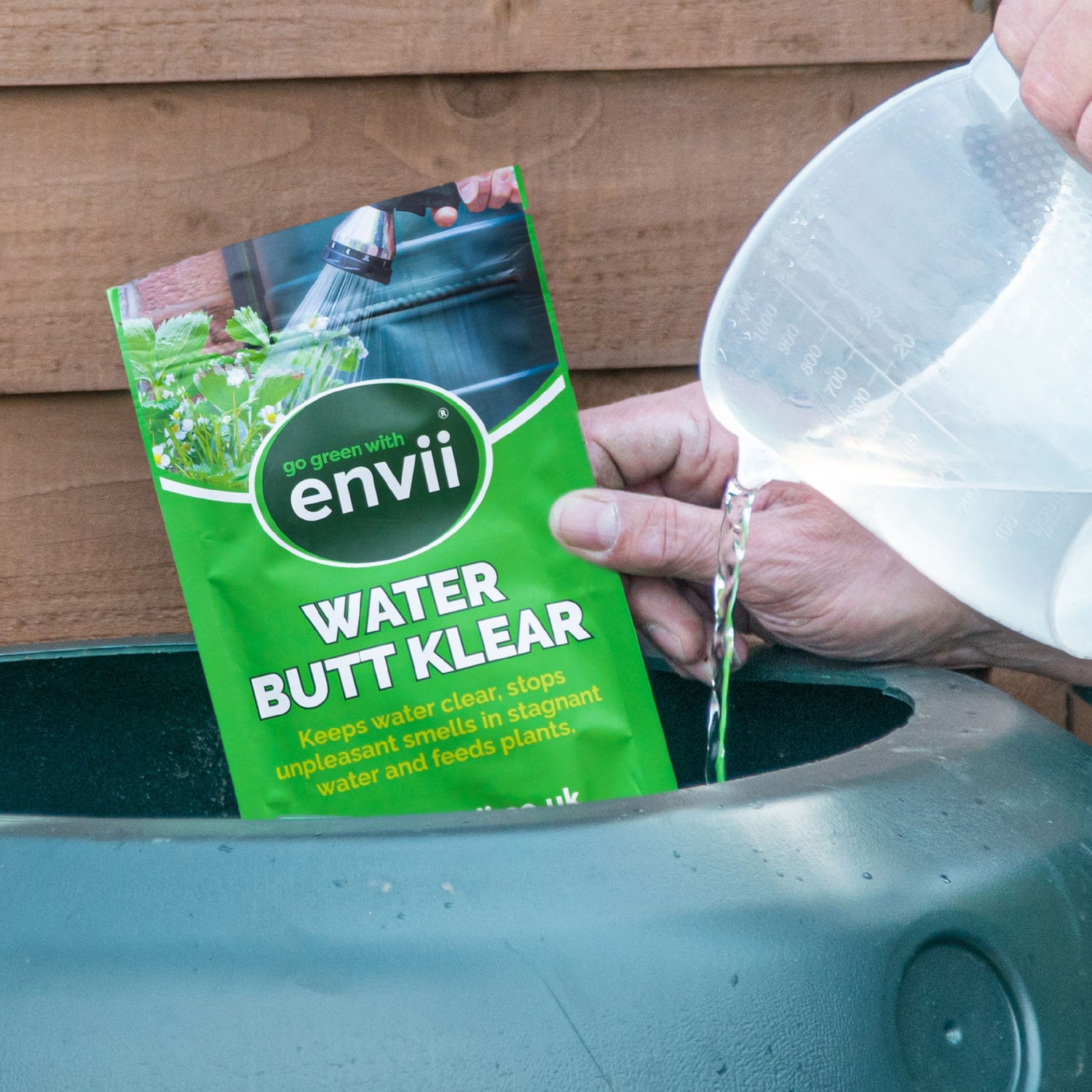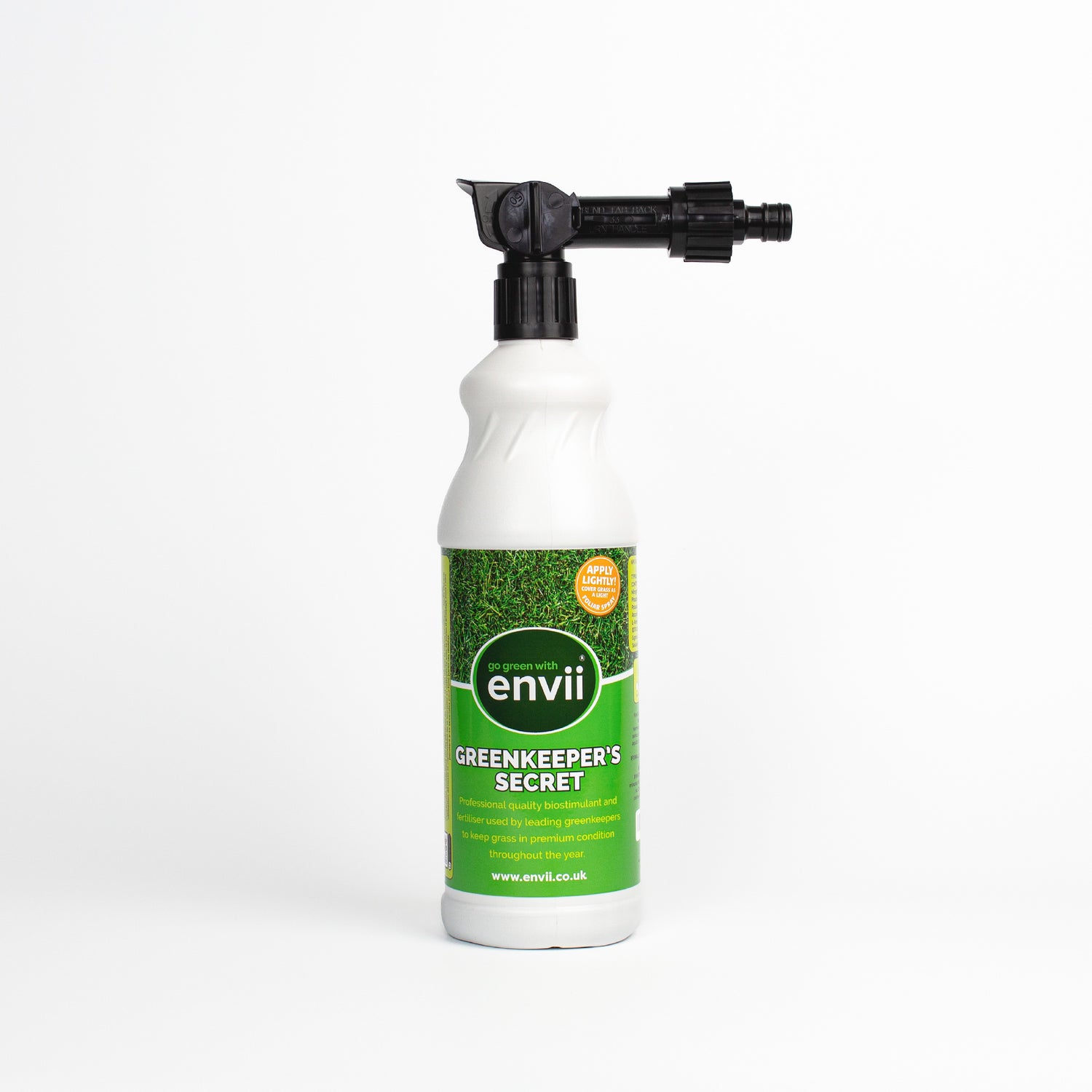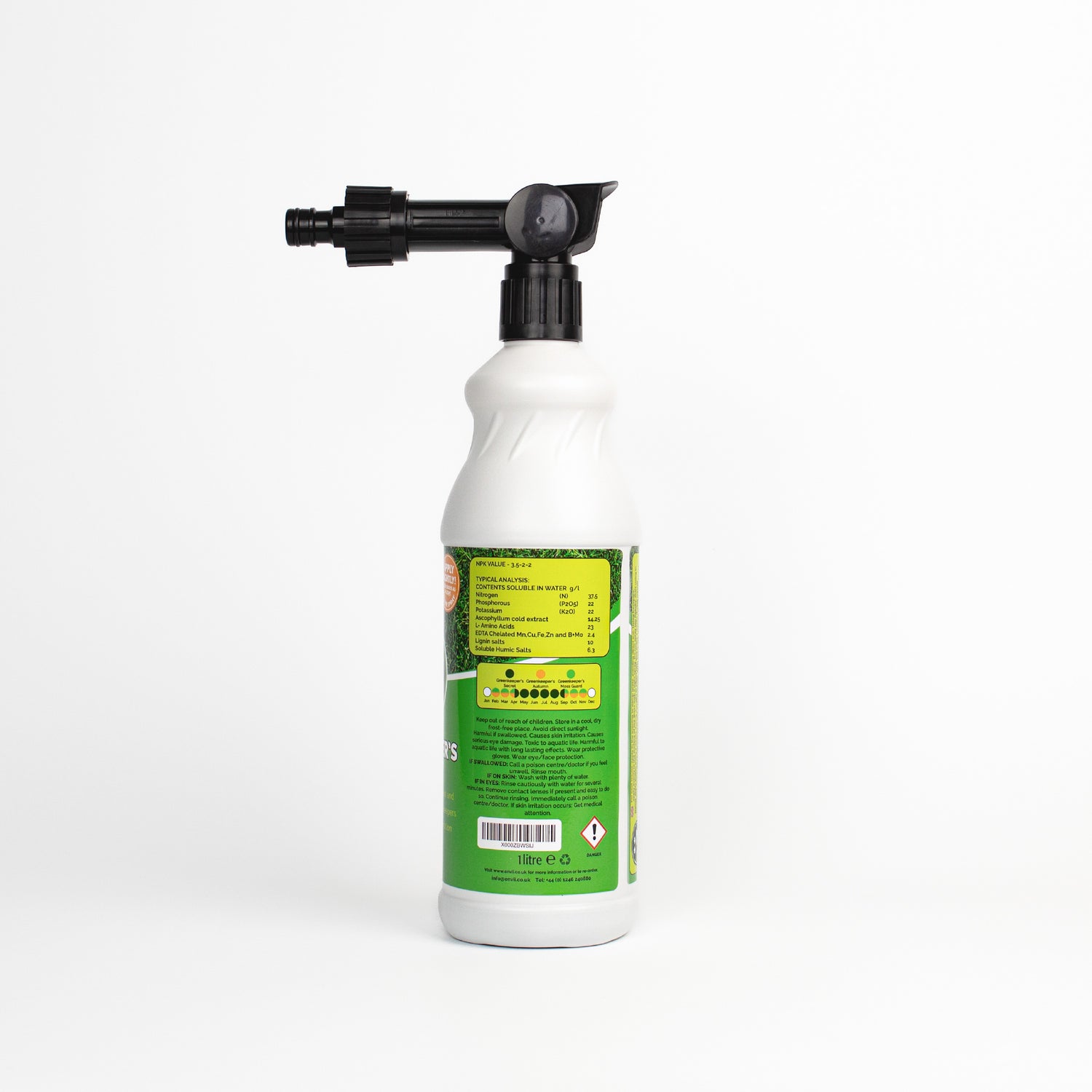What is crop rotation?
Dating back to the ancient Middle East, farmers would rotate their plants. This was to improve the quality and yield of crop production. Although without knowing the real science behind it. Crop rotation is the simple practice of growing family groups of crops on alternating areas of a garden. Changing each growing season (year).
By rotating plants in the garden each year, gardeners reduce the risk of crop-specific plant pest and disease. While also promoting biodiversity and nutrient balance in the soil.
The Benefits
For gardeners, there are three main categories of benefits when it comes to crop rotation. These are improved soil conditions, pest and disease prevention and weed control.
-
Improved Soil Conditions
It’s important to remember plants aren’t standalone entities. In different ways, all plants interact with their environment both above and below the ground. With crops releasing and consuming various nutrients in the soil.
Crop rotation enhances soil fertility and ensures soil is nutritionally balanced. Due to the diversity of crops which help replenish nutrients lost and released from different plant families. Meaning the soil avoids excessive or deficient quantities of certain nutrients.
-
Pest and Disease Prevention
Plants from the same family group tend to suffer from the same pests and plant diseases.
For example, radishes, kale and cabbage all belong to the brassica family. They all have the potential to suffer from leaf spot disease. If gardeners grow these vegetables one after the other, in the same area each year, they create an environment where leaf spot pathogens thrive. Affecting this and other plant families (which are susceptible to the plant disease).
So, by rotating crops, gardeners essentially starve both pests and pathogens of their food source. Preventing them from growing in numbers to cause serious damage or any damage to crops.
-
Weed Control
A variation of crop families growing in an area over the years benefits gardeners by controlling weeds. This is because of the combination of different plants using up the range of nutrients available in the soil. In fact, this also applies above the soil.
Plants with dense foliage such as squash and potatoes block the sunlight, space and other factors needed for weeds to grow. Crop rotation, therefore, denies weeds the chance to grow, making control and maintenance an easier job for gardeners.
How to do Crop Rotation
As mentioned, crop rotation is growing different family groups of fruits and vegetables in different areas of the garden each year. This is mainly when it comes to growing in raised beds, vegetable patches and particularly no-dig gardening.
However, this approach can also be applied to container gardening.
This practice works by growing a specific family group of crops, let’s say brassicas, on an area. Called ‘plot A’ for example, in one year. Then, the following year, any brassica crops would be grown in an area. This time it would be ‘plot B’. Then, another plant family such as alliums would now be grown in ‘plot A’.
Simply put, after one plant family has grown, the succeeding crops grown on that area should belong to a different family. The original plant family shouldn’t return to its original position for 2 to 3 years.
Share
